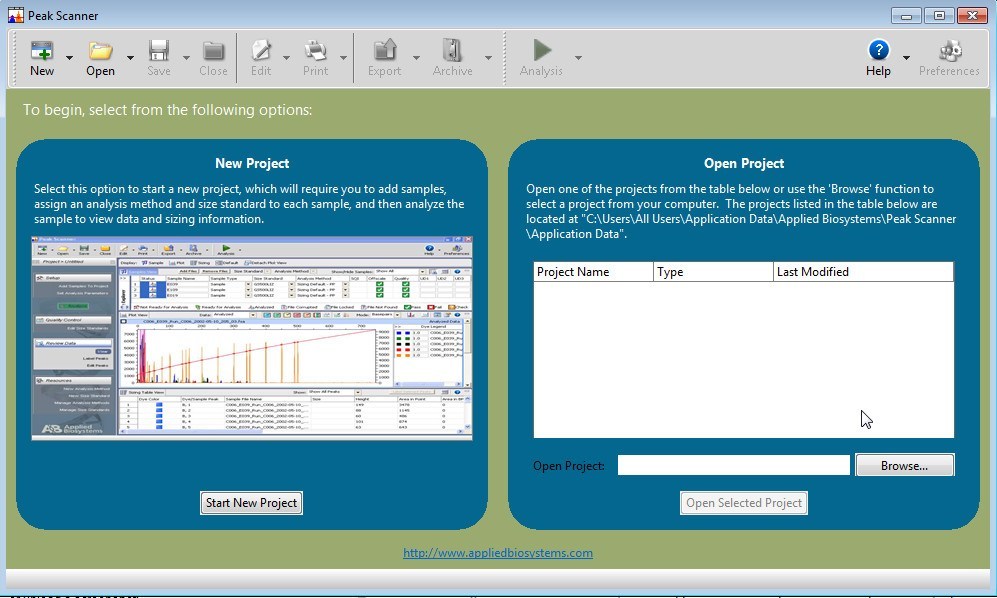

Lenovo asserts that it can keep the projector on for about 3 hours, or about 2 to 3 movies.


These internals come in a chassis that many consumers might like to keep in their home (so long as they like a lot of soft gold in the same accessory) then again, the T500 Play could also take an on-the-go role on for the user thanks to its 22,500mAh battery. The T500 Play is a DLP 1080p example of such a product, although the OEM asserts that it is also capable of 4K decoding with HDR10 and HLG support thanks to its Amlogic T972 SoC, paired to 2GB of RAM and 16GB of internal storage. The aim of this paper is to provide valuable help to all those who want to start or deepen the study of glass surfaces by this technique.One of Lenovo's latest announcements is for one of the new projectors it has started to add to its popular Yoga line-up. In this paper the first part is devoted to the description of the basics of the technique, while in the second part several applications to the analysis of oxide glass surfaces are reported and discussed. In this frame, one of the most promising investigation technique is the X-ray photoelectron spectroscopy, XPS (also known as electron spectroscopy for chemical analysis, ESCA) mainly because of its ability to give information about the chemical bonds of the investigated atoms. In general, a multi-technique approach should be used in order to achieve a better understanding of the complex phenomena involving reactions among glass surface atoms and environmental ones. Glass fabrication and preservation are very important issues in several research fields, involving both industrial and scientific problems.

In the field of glass science and technology, as well as for historical glasses, a remarkable importance is devoted to the understanding of the interaction between the glass surfaces and the surrounding environment.


 0 kommentar(er)
0 kommentar(er)
